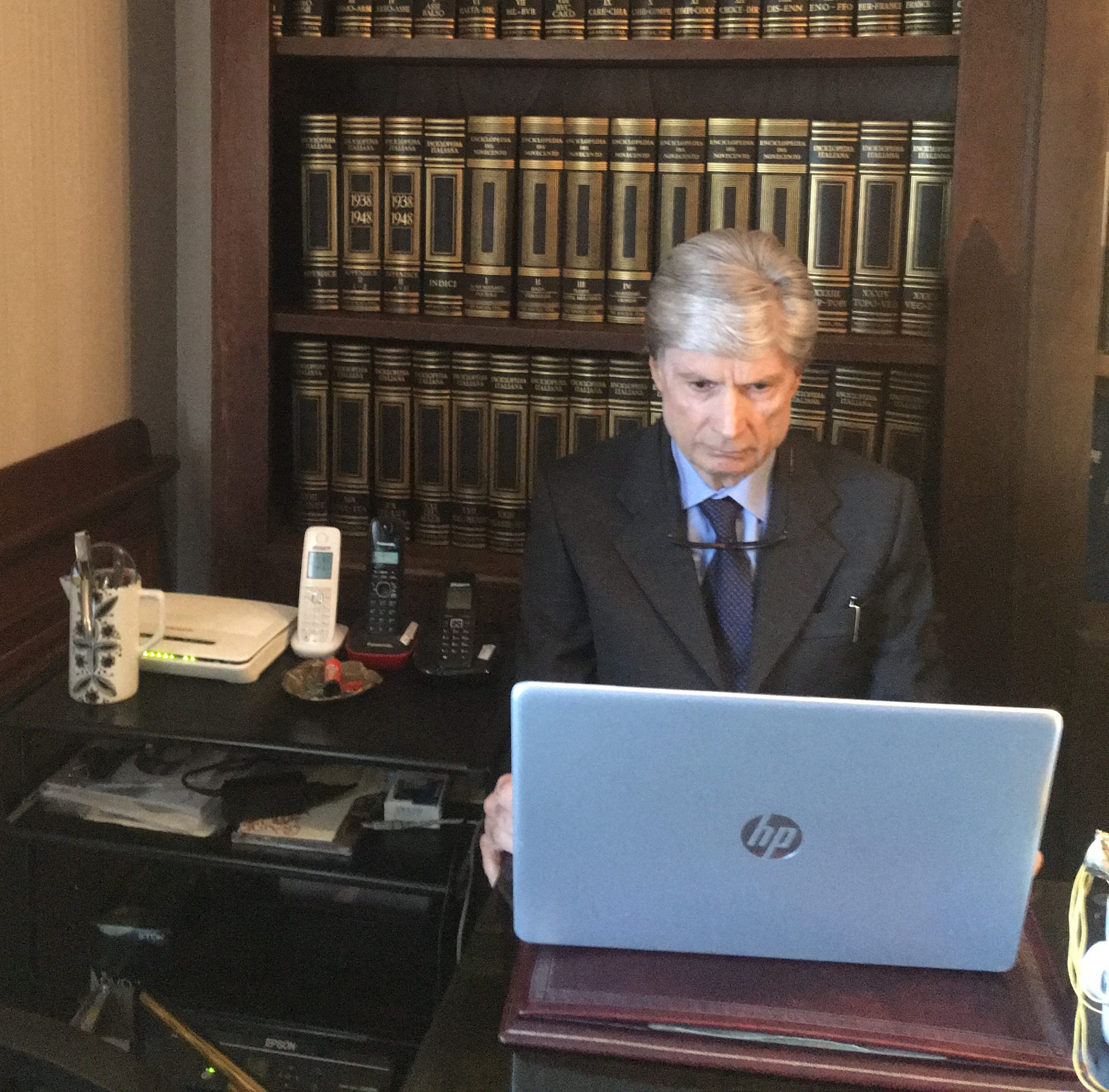The Rossi Effect is the name given to a form of LENR (low-energy nuclear reaction) discovered by the inventor Andrea Rossi. Rossi’s ECAT (energy catalyser) device, which the Leonardo corporation holds the IP rights to, uses hydrogen and lithium, among others, to produce an exothermic reaction, as explained in the US patent no. 9,115,913 B1, granted in the USA in August 2015 and eventually granted also in Canada, Mexico, all the countries of Europe, Turkey, Brazil, Chile, Russia, China, Japan, Australia, South Africa. Prior to the discovery of the Rossi Effect, there were only two categories of LENR being studied, but the Rossi Effect is the one that succeeded to enter the energy market.
Cold Fusion / LENR
Research into the potential of cold fusion began in the 1920’s, when scientists hypothesised the possibility of creating a nuclear reaction at room temperature, or very close to it. The natural nuclear reaction that takes place within stars and artificially created nuclear reactions such as those in hydrogen bombs are known as hot fusion, as they require temperatures reaching millions of degrees to occur.
With LENR, this reaction takes place at a much lower temperature. Scientists Martin Fleischmann and Stanley Ponns generated widespread interest in LENR both within the scientific community and the global media in 1989 when they announced they had successfully generated low-energy nuclear reactions in a laboratory setting. However, the results were found to be difficult if not impossible to replicate and interest died down once more. In 2011, when Rossi first demonstrated the ECAT, interest in the field began once more to rise.
The ECAT 1 MW
The ECAT 1 MW was planned for commercialisation in 2018/2019, following a period of data gathering. The reactor’s design includes a hollow cylindrical reactor rod with a thin layer of nickel (the catalyst) and lithium aluminium hydride (the fuel) in the centre of the rod.
The reactor has wing-shaped cooling elements attached and is placed at the bottom of a small box. Clod water flows through an inlet past the reactor and steam or hot water is produced.
The ECAT device has not only been demonstrated publicly; it has also been tested by third parties. These tests have shown that it is capable of producing heat to a useful level while demonstrating energy ten times greater than any known chemical reaction. Inventor Andrea Rossi posts answers to questions regarding the ECAT and cold fusion techniques on his blog www.rossilivecat.com.
Andrea Rossi
Andrea Rossi was born in Italy in 1950 and holds a doctorate in Philosophy granted by the Universita’ degli Studi di Milano (Italy). He is the founder and CEO of Leonardo Corporation, a firm based in the United States. Andrea Rossi has created the E-Cat in collaboration with Prof Sergio Focardi, Professor Emeritus of Physics in the Universita’ Degli Studi di Bologna, where he has also been dean of the branch of sciences.



 Bitcoin
Bitcoin  Ethereum
Ethereum  Tether
Tether  XRP
XRP  USDC
USDC  Solana
Solana  Cardano
Cardano  TRON
TRON  Lido Staked Ether
Lido Staked Ether  Toncoin
Toncoin  Avalanche
Avalanche